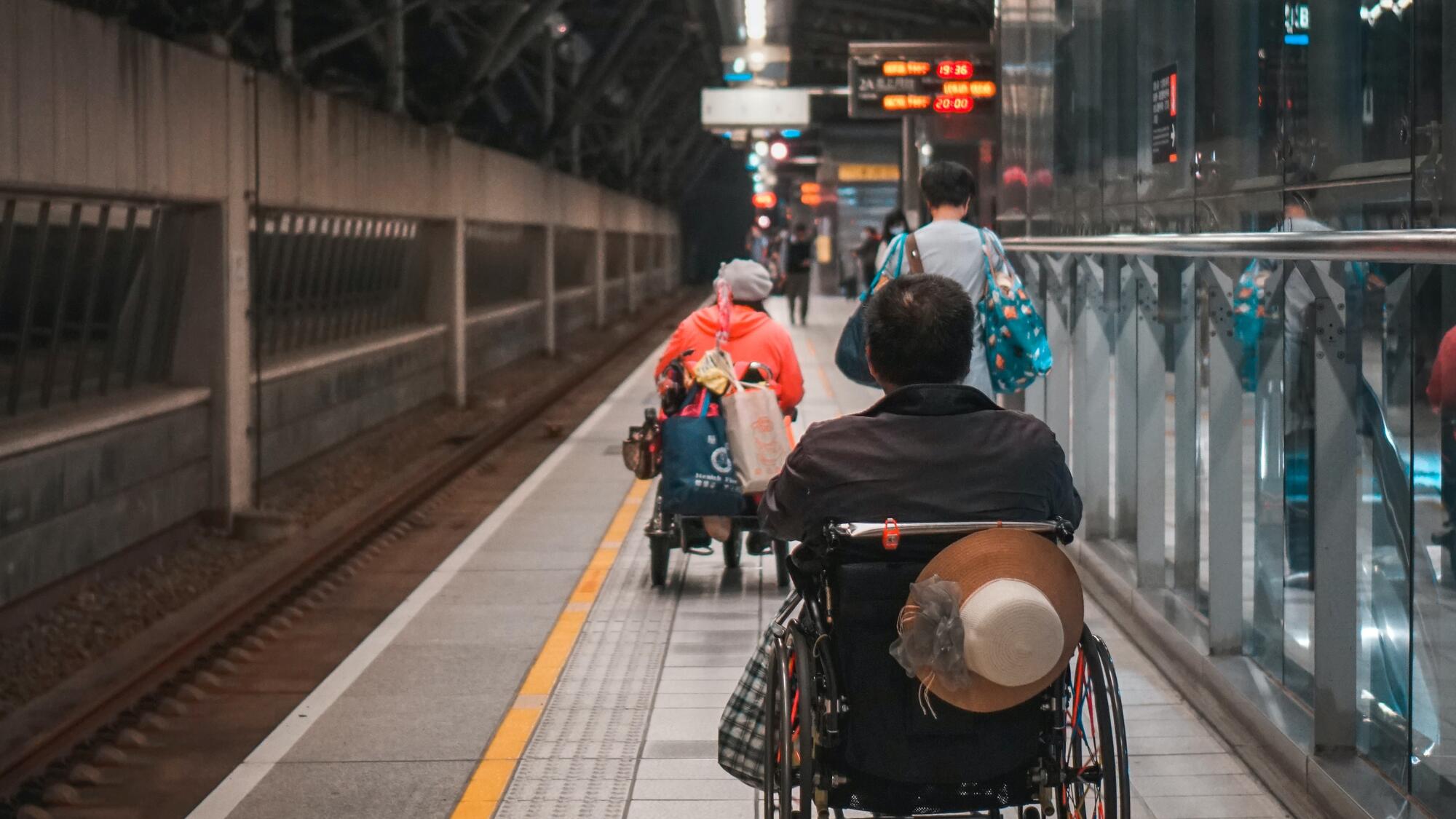- July 19, 2022
- Public Health
Our #DataReads series curates links and examples for those looking for an introduction to a particular civic data topic.
For many, the phrase “the Internet of Things” (IoT) conjures up images of connected doorbells and variable speed limit signs; many of the well-known and commercial uses for IoT are related to things like infrastructure, security, or transportation. However, there is huge potential for IoT in the health and healthcare realms, as connected devices can assist elders, folks with physical disabilities, or entire communities.
Aging in place is an important objective for many older adults, yet there are concerns over safety and well-being when seniors are living in spaces that weren’t intended to accommodate changes in lifestyle or ability. One of the greatest concerns for adults with cognitive decline and/or dementia is getting lost or “wandering.” Both scientific studies and anecdotal evidence from family members and caregivers reveal the stress for all involved and the dangers for lost older folks. In 2017 researchers from the University of Surrey and the National Health Service in the UK reported on a pilot study testing the efficacy of IoT for dementia care, with a focus on wearable devices and home sensors. The research group reported great success in using the multimodal data to determine a patient’s daily habits and any deviations (like excessive movement) that raise clinical flags, and identify wandering based on data from wearable GPS devices. In other studies IoT smart home systems assisted older adults with aging in place, as the smart home systems could easily be incorporated into their residences and assist with basic functions.
For those with physical disabilities or chronic illnesses, “technologies such as wearables and ‘smart home’ appliances provide new tools and options to increase independence and improve [their] social and economic participation” as long as they’re co-designed with the affected community. Some applications for IoT devices are bodily, like the smart-textile cover for prosthetics that augments sensory perception. Some are in the privatenrealm, like voice-activated smart home devices that can perform tasks for individuals with motor disorders. And in the public realm smart transit cards for blind or physically disabled riders can alert approaching bus drivers to the need for assistance at an upcoming station. Widespread adoption of IoT and assistance technology across all of these realms creates a vastly more inclusive society.
At a large scale IoT can improve community public health. One common usage for IoT devices in public spaces is air quality monitoring; in Denver a network of low-cost pollution sensors report on air quality and pollutants across the city as part of the Love My Air program. The information from the IoT sensor network is mapped in open data dashboards, which guides pollution reduction strategies. Maternal and prenatal health care is an important public health concern, so IoT wearables for monitoring pre- and post-natal health are important for improving community health, particularly for high risk pregnancies. Additionally, researchers in Colombia reviewed health care work done in under-developed areas without access to healthcare facilities and discovered that IoT devices for patients helped providers monitor health status more efficiently and remotely.
There is a lot of potential to improve both individual and collective health with IoT. To learn more, here are some helpful resources to check out:




